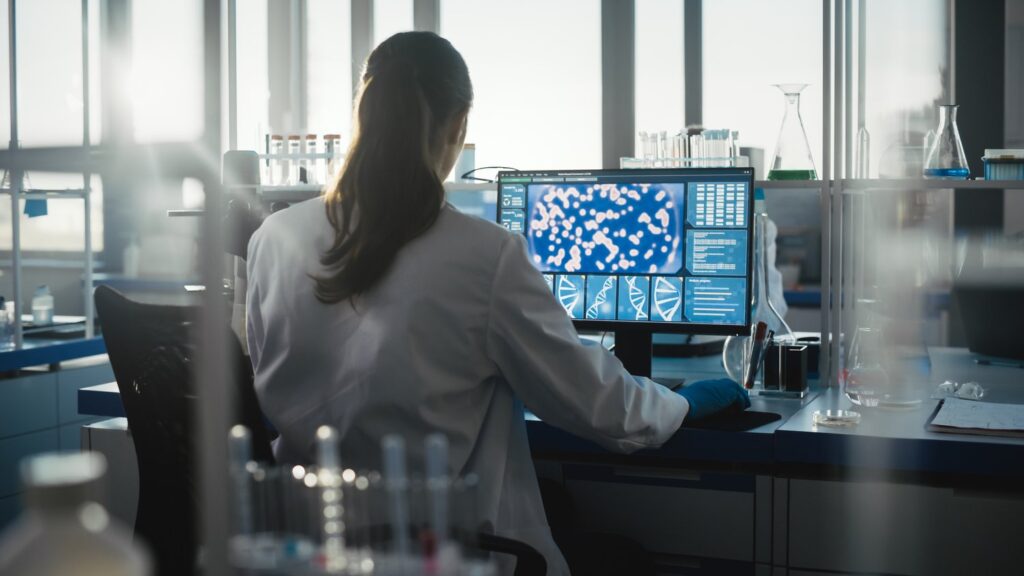Nanotechnology, characterised by manipulating materials at an almost unimaginably small scale, offers solutions to previously insurmountable problems across diverse industries.
In healthcare, these nanoscale innovations are transforming diagnostics, therapies, and drug delivery systems, presenting tremendous opportunities and unique challenges in regulation.
Nanoscale solutions enhance drug delivery in many ways, overcoming hurdles of traditional methods such as poor bioavailability and off-target effects. Notably, nanoparticles – minuscule carriers like liposomes and polymeric nanoparticles – can transport therapeutic agents to the exact location they are needed. This precision, facilitated by tailoring the surface properties of the nanoparticles, has substantial implications for cancer treatments, as it minimises damage to healthy cells while optimising the drug’s effectiveness.
Moreover, nanotechnology opens up new horizons for gene therapy, another promising medical frontier. By delivering therapeutic nucleic acids like DNA or RNA to targeted cells, these nanocarriers can rectify genetic defects, control gene expression, and suppress disease-causing genes, all while ensuring controlled delivery.
The impact of nanotechnology isn’t confined to treatment alone, it has also significantly altered diagnostic capabilities. Quantum dots, semiconductor nanocrystals, have unique optical properties that enable highly sensitive detection of disease markers. Likewise, gold nanoparticles are utilised for biosensing applications, enabling portable and cost-effective point-of-care diagnostic devices that deliver real-time results.
Leveraging the intricacies of nanoscience, nanotechnology has become a cornerstone in precision medicine, a field that personalises treatment strategies based on individual patient characteristics. The role of nanomedicine is pivotal in this approach, using nanoscale drug carriers, like dendrimers or nanocapsules, to navigate complex body barriers and deliver therapeutic agents directly to the disease site.
Such targeted drug delivery, a remarkable achievement of nanotechnology, maximises treatment efficacy while minimising systemic toxicity, thereby revolutionising patient-specific treatment strategies and optimising therapeutic interventions.
Nanotechnology also provides advanced imaging techniques for early disease detection and treatment response monitoring. Moreover, it facilitates the development of stimulus-responsive drug delivery systems that release drugs in response to specific triggers, such as changes in pH or temperature, further improving treatment precision and reducing side effects.
While the potential benefits of nanotechnology are enormous, ongoing effective regulation is crucial to ensure its safe and responsible use. Regulation needs to evolve in tandem with these technological advancements, focusing on aspects like quality control, safety, efficacy, and environmental and ethical considerations.
Regulatory bodies need to scrutinise the unique properties of nanomaterials to assess their interaction with biological systems and their potential impact on health and the environment. This includes establishing clear guidelines on nanomaterial characterisation, preclinical and clinical evaluations, manufacturing practices, and post-market surveillance.
Regulatory agencies must also continue fostering collaborative partnerships with nanotechnology stakeholders to ensure a comprehensive understanding of the technology. This collaborative approach would help to identify potential risks, devise mitigation strategies, and facilitate the smooth integration of these transformative technologies into mainstream healthcare.
Through the lens of nanoscience, nanomaterials are unlocking new potential in healthcare. These nanoscale advancements significantly improve drug delivery systems and targeted therapies, revolutionising the sphere of patient care. As we foster this innovation, maintaining a focus on safety is crucial. With a balanced approach, these minute technological advancements can induce a macroscopic transformation in the healthcare landscape.
Written by Paul Stannard, Chairman of The World Nano Foundation


